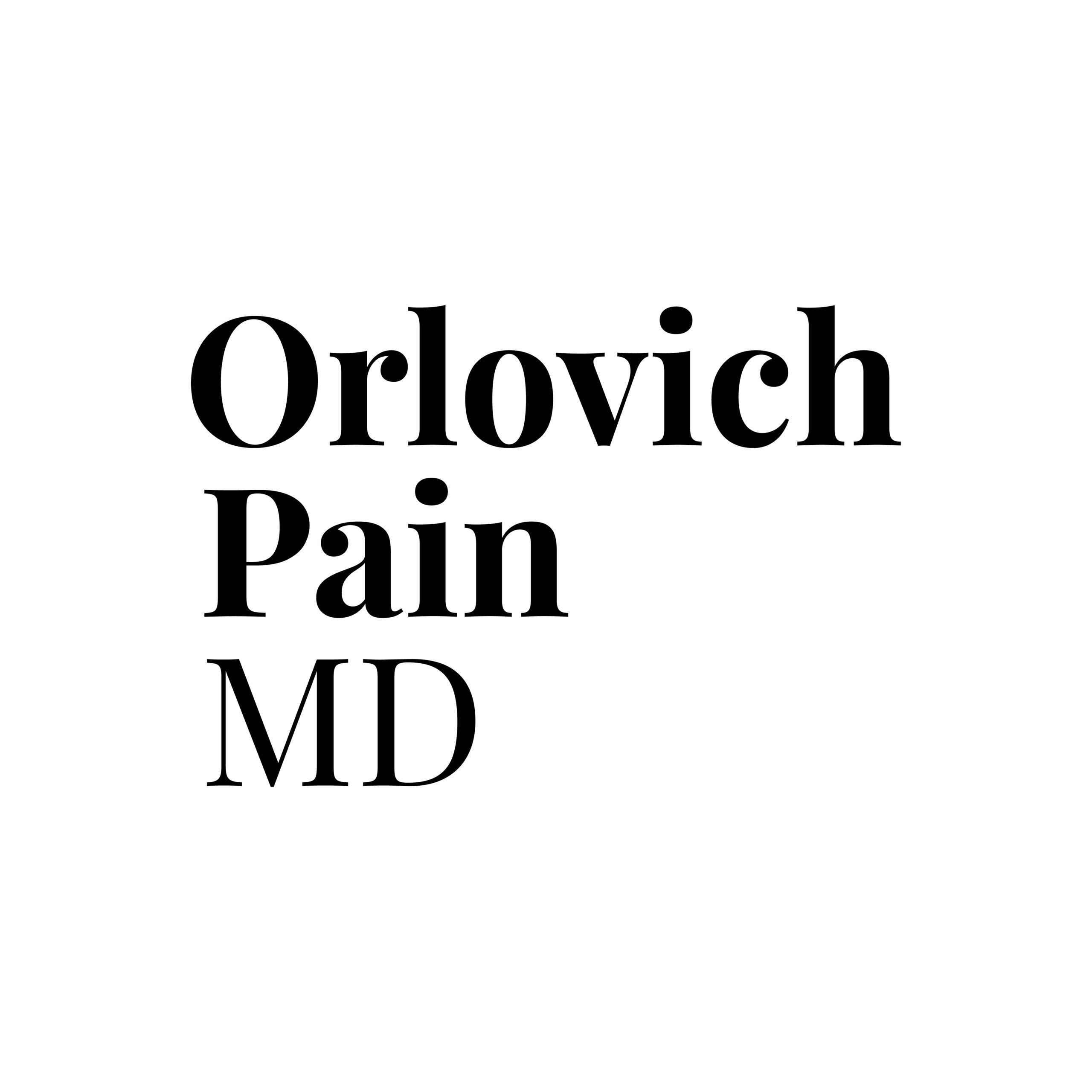Muscle pain is a ubiquitous and often debilitating issue that can arise from various causes, such as injuries, overexertion, or underlying medical conditions. It significantly impacts daily life, hindering mobility and causing discomfort. To address this challenge, individuals often turn to a combination of interventions, among which muscle relaxants and physical therapy play pivotal roles. This blog post aims to explore the synergy between these two approaches, shedding light on their individual merits and the collective power they wield in alleviating muscle pain.
The Role of Muscle Relaxants
Muscle relaxants are medications designed to alleviate muscle spasms, tension, and associated pain. They work by affecting the central nervous system, either by sedating the muscle directly or blocking nerve signals. There are two primary types: antispasmodics, which directly target muscle activity, and antispastics, which act on the spinal cord or brain to reduce overall muscle tone. These medications offer a rapid response to acute muscle pain, providing relief by promoting muscle relaxation. It’s crucial to note that muscle relaxants vary in potency and potential side effects, making professional guidance essential for their safe and effective use.
Benefits and Risks of Muscle Relaxants
While muscle relaxants provide valuable relief, it’s essential to weigh their benefits against potential risks. On the positive side, they offer quick relief from muscle spasms and pain, improving overall comfort. However, users should be aware of common side effects, including drowsiness, dizziness, and potential interactions with other medications. Long-term use may lead to dependency issues, emphasizing the need for a balanced and monitored approach. Patients must communicate openly with healthcare providers to determine the most suitable muscle relaxant and dosage based on their specific condition and medical history.

Introduction to Physical Therapy
Physical therapy is a comprehensive approach to managing muscle pain that goes beyond traditional exercise routines. It encompasses various therapeutic techniques tailored to individual needs, aiming to improve mobility, restore function, and reduce pain. Physical therapists assess patients’ conditions and design personalized plans that may include exercises, stretches, manual therapy, and modalities such as heat or ice. The goal is to address the root causes of muscle pain, enhance strength and flexibility, and ultimately improve the quality of life.
How Physical Therapy Complements Muscle Relaxants
The combination of muscle relaxants and physical therapy forms a potent duo in pain management. While muscle relaxants offer immediate relief, physical therapy focuses on long-term recovery and prevention. Physical therapists work collaboratively with patients to identify muscular imbalances, weaknesses, or biomechanical issues contributing to pain. By targeting these underlying factors through tailored exercises and interventions, physical therapy enhances the effectiveness of muscle relaxants. For instance, exercises promoting strength and flexibility can complement the relaxation provided by medications, reducing the likelihood of recurring spasms and pain. This dual approach not only addresses symptoms but also tackles the root causes, fostering a more comprehensive and sustainable recovery.

Case Studies and Success Stories
Real-life examples vividly illustrate the success of combining muscle relaxants and physical therapy. Consider a scenario where an athlete sustains a muscle injury during training. Muscle relaxants may offer immediate relief, allowing the individual to engage in physical therapy without excessive discomfort. Over time, targeted exercises guided by a physical therapist restore strength and flexibility, preventing future injuries. Similarly, individuals with chronic conditions, such as fibromyalgia, may find relief through the dual approach, managing acute symptoms with muscle relaxants and addressing long-term concerns with physical therapy. These cases highlight the versatility of the pain-relief duo in diverse situations.
Tips for Integrating Muscle Relaxants and Physical Therapy
For readers considering this combined approach, effective integration is key. Open communication with healthcare providers is paramount, ensuring a thorough understanding of the prescribed muscle relaxant and its potential interactions. Creating a personalized treatment plan, involving both medication and physical therapy, is essential for a targeted and holistic approach. Consistency in attending physical therapy sessions and adhering to prescribed exercises contributes to the overall success of the treatment plan. Moreover, individuals should actively engage in their care, providing feedback to healthcare providers to fine-tune the approach based on their responses and progress.

Potential Drawbacks and Considerations
Despite the benefits, it’s crucial to acknowledge potential drawbacks and considerations. Individual responses to muscle relaxants vary, and some may experience side effects that impact daily functioning. Additionally, a reliance solely on medications may not address underlying issues, necessitating the ongoing involvement of physical therapy for sustained improvement. Balancing the use of muscle relaxants with other pain management strategies, such as lifestyle modifications and stress reduction techniques, is essential. Furthermore, the importance of a multidisciplinary approach, involving healthcare professionals from various specialties, cannot be overstated in ensuring a comprehensive and tailored treatment plan.
Looking Ahead: Future Trends and Developments
As the field of pain management evolves, so do the approaches to addressing muscle pain. Future trends may include advancements in medication formulations, offering improved efficacy with fewer side effects. Innovations in physical therapy techniques, such as the integration of technology and telehealth, may enhance accessibility and patient engagement. The ongoing collaboration between researchers, healthcare providers, and technology developers holds promise for more personalized and effective interventions in the realm of muscle pain relief.
Importance
- Comprehensive Pain Relief:
- Reference: Hah, J. M., Sturgeon, J. A., & Zocca, J. (2018). Factors associated with prescription opioid misuse in a cross-sectional cohort of patients with chronic non-cancer pain. Journal of Pain Research, 11, 2931–2938.
- Explanation: The integration of muscle relaxants and physical therapy provides a comprehensive solution, targeting both the acute pain experienced during muscle spasms (addressed by relaxants) and the long-term recovery and prevention aspects (addressed by physical therapy).
- Reduced Dependency Risks:
- Reference: Chou, R., Qaseem, A., Snow, V., Casey, D., Cross, J. T., Shekelle, P., & Owens, D. K. (2007). Diagnosis and treatment of low back pain: a joint clinical practice guideline from the American College of Physicians and the American Pain Society. Annals of Internal Medicine, 147(7), 478–491.
- Explanation: The combination allows for a more balanced use of medications, potentially reducing the risk of dependency associated with prolonged or exclusive reliance on muscle relaxants for pain relief.
- Individualized Treatment Plans:
- Reference: American Physical Therapy Association. (2021). Guide to Physical Therapist Practice. Retrieved from https://www.apta.org/guidelines/guide-to-pt-practice
- Explanation: The importance lies in the ability to tailor treatment plans to the unique needs of each patient, considering factors such as the nature of the pain, underlying conditions, and individual responses to medications and therapeutic interventions.
- Improved Functionality and Quality of Life:
- Reference: Lee, J. H., Choi, T. Y., Lee, M. S., Lee, H., Shin, B. C., & Ernst, E. (2013). Acupuncture for acute low back pain: a systematic review. The Clinical Journal of Pain, 29(2), 172–185.
- Explanation: By addressing not only the symptoms but also the functional aspects through physical therapy, the approach contributes to improved mobility, reduced disability, and an enhanced overall quality of life.
- Long-Term Prevention of Recurrence:
- Reference: Hayden, J. A., van Tulder, M. W., Malmivaara, A., & Koes, B. W. (2005). Exercise therapy for treatment of non-specific low back pain. The Cochrane Database of Systematic Reviews, 3, CD000335.
- Explanation: Physical therapy plays a pivotal role in identifying and correcting underlying issues, reducing the likelihood of recurrent muscle pain and spasms. This aligns with the principle of preventive care in pain management.
Questions
What types of muscle relaxants are available?
: There are two main types of muscle relaxants: antispasmodics, which target muscle activity, and antispastics, which act on the spinal cord or brain to reduce overall muscle tone.
Can I get muscle relaxants over the counter?
Some muscle relaxants are available over the counter, while others require a prescription. It’s essential to consult with a healthcare professional to determine the most suitable option based on your specific needs.
What are the benefits of using muscle relaxants?
Muscle relaxants provide quick relief from muscle spasms and associated pain. They are particularly effective for acute situations, helping individuals regain comfort and mobility.
Are there any risks or side effects associated with muscle relaxants?
Yes, common side effects include drowsiness, dizziness, and potential interactions with other medications. Long-term use may lead to dependency, emphasizing the importance of medical supervision.
Conclusion:
In conclusion, the combination of muscle relaxants and physical therapy presents a powerful and versatile approach to managing muscle pain. By leveraging the immediate relief provided by muscle relaxants and the long-term benefits of physical therapy, individuals can make informed choices for their pain relief journey. This collaborative and holistic approach empowers individuals to address both the symptoms and underlying causes of muscle pain, fostering a path towards improved mobility, function, and overall well-being.
References
- Link:Mayo Clinic – Muscle Relaxants
- Link: APTA – Patient Resources
- Link: WebMD – Physical Therapy for Pain Management
- Link: MedlinePlus – Muscle Relaxants
- Link: NINDS – Back Pain Information Page
- Link: PubMed – Search Results
- Link: Arthritis Foundation – Physical Therapy
- Link:PainScale – Guide to Muscle Relaxants






